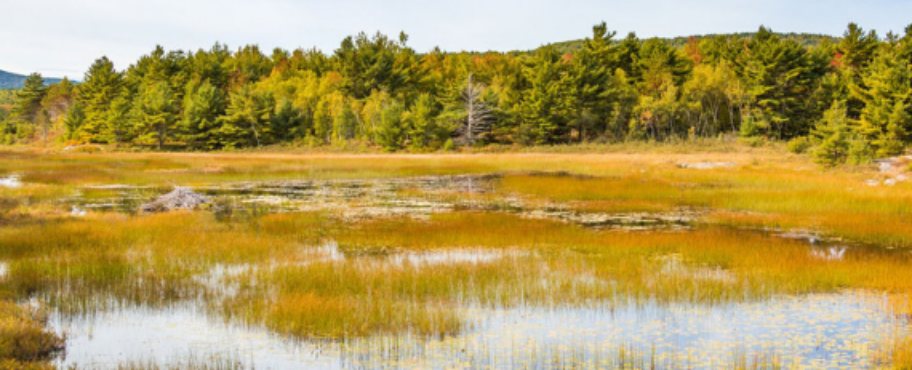Unfortunately, the world’s wetlands are disappearing. There’s no use of sugar-coating it.
Several actions have been implemented over the past years to conserve and protect our natural wetlands. If you want to conserve and protect wetlands, well, you must work with what you have.
Let’s face it, South Africa is a water scarce country, and therefore it is our duty to bring any innovation to this scarce resource to the citizens of the country. There have been various awareness strategies put in place to have South Africans, in particular, assist in the protection of wetlands as they are essential in the purification of water.
New policies have been implemented and strings have been drawn tighter in order to conserve and preserve our wetlands. What is most interesting, most wetlands are privately owned, but the protection of the wetlands has become a public concern. The current focus the to improve the water quality as a habitat for wildlife.
In 2002, Working for Wetlands, a nation-wide government effort rehabilitation program focusing on the restoration of wetlands, were established. This program is a combined initiative of the Department of Environmental Affairs, Water and Sanitation, as well as Forestry and Fisheries. They focus on the rehabilitation, astute use and protection of wetlands. This program does not only create employment but supports small businesses, pass on appropriate and marketable skills to beneficiaries.
All rehabilitation participations aim to improve the condition and functioning of the ecosystem, as well as to focus on the causes and effects of degradation.
Research done by the National Biodiversity Assessment in 2011 shows that 65% of our wetlands are under threat. This includes all the different types of wetlands. While only 11% of our wetlands are protected, it leaves 71% of our wetlands unprotected. This outlines a clear picture of the state of our wetland resources.
How much more evidence and research is needed to convince citizens that wetlands are important for human life and that protection and conversation is crucial?
The key to succeeding is to continuously create awareness. Everyone can make a difference. If you are wondering how you can contribute, here is a number of things you can do:
- Partake in programs that help protect and restore wetlands. (Check out your local municipality or non-governmental programs website for more details).
- Report any illegal activities such as filling, clearing, or dumping in wetlands.
- Keep surface areas that wash into storm drains clean of any toxic chemicals or fertilisers as these will eventually go into the wetlands and cause severe further damage.
- Plant only indigenous trees, shrubs and flowers to maintain the ecological balance of our local wetlands.
- Use paper and recycled products.
- Use non-toxic products for household cleaning, lawn and garden care.
- Reduce, reuse and recycle household items and waste.
Let’s go save our wetlands!
Image credit: World Wildlife Fund.





